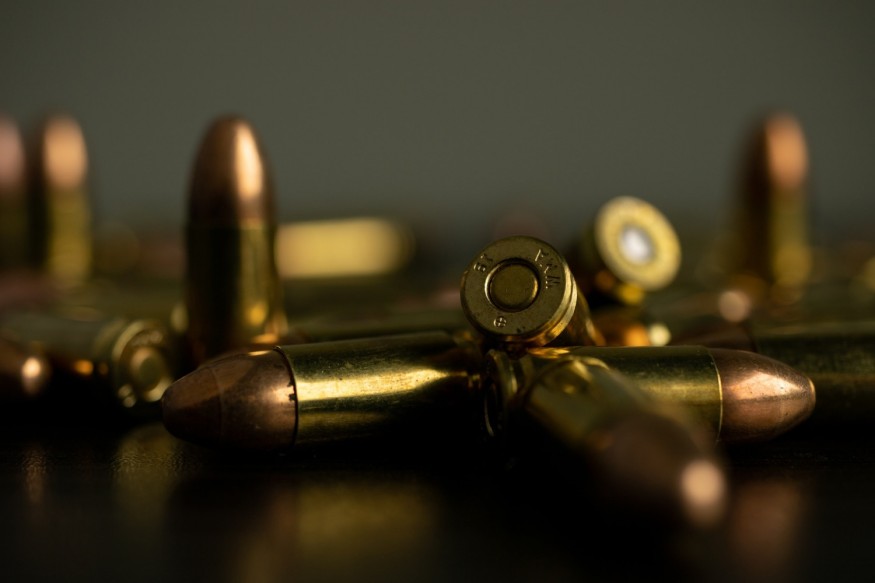Iconic hero Superman is said to fly "faster than a speeding bullet," and a "bullet" train travels spectacularly between cities. The comparison is ubiquitous, yet the exact velocity of a bullet is far less cited. It is widely accepted that a typical muzzle velocity is around 2,700 feet per second or 3,000 kilometers per hour, but it depends upon several factors.

Factors Affecting Bullet Speed
Many factors influence the speed of a bullet when fired from a gun, and these factors fall into two categories. Internal ballistics include the shape and length of the gun's barrel, the bullet's weight, and the type of propellant. Meanwhile, external ballistics refers to the forces that the trajectory, gravity, and wind exert over a projectile as the bullet moves through the air. These two factors feed into a third category, called terminal ballistics, which describes the behavior of a bullet upon striking a target.
"Bullet" refers to only a tiny part of a larger cartridge. Ammunition is composed of a primer that ignites a propellant when struck by the gun's firing pin. This ignition creates the pressure that drives a forward projectile. Most bullets are composed of heavy metals like lead, covered by brass or copper, because their mass helps them hold their momentum. As soon as gunpowder ignites, it burns quickly and generates gas, pushing the bullet down the barrel.
As the bullet moves toward the muzzle, the side of the barrel is scraped down, introducing some friction. Quite counter intuitively, guns with longer barrels produce the fastest shots. Forensic scientist Stephanie Walcott from Virginia Commonwealth University explains that the barrel is the biggest limiting factor on a bullet's speed. The longer the barrel, the longer the distance that gas has to build velocity, and the faster the bullet leaves the barrel.
How Fast is a Bullet?
Rifles appear to generate the most speed. They are meant to be used over long distances, and a bullet fired from this firearm can travel as far as two miles. To achieve these shots, the bullets of the rifle are designed to be aerodynamic to make them longer, thinner, and heavier than handgun bullets. Meanwhile, gun manufacturers can also add helical ridges to the inner part of the barrel to cause the bullet to spin with stable horizontal flight.
Such collective features mean that rifle bullets like that of a Remington 223 leaves the muzzle at speeds of up to 2,727 miles per hour (4,390 kilometers per hour). This speed is fast enough to cover the distance of 11 football fields in a single second.
By comparison, a 9mm Luger handgun bullet covers half that distance at speeds of up to 1,360 miles per hour (2,200 kilometers per hour). AK-47, one of the most common firearms in the world, does not fire bullets faster than many other rifles, with its speed of about 1,600 miles per hour (2,580 kilometers per hour). Since it is an automatic weapon, it continuously fires until the trigger is released and ejects up to 600 rounds per minute.
Check out more news and information on Bullet in Science Times.
© 2025 ScienceTimes.com All rights reserved. Do not reproduce without permission. The window to the world of Science Times.












